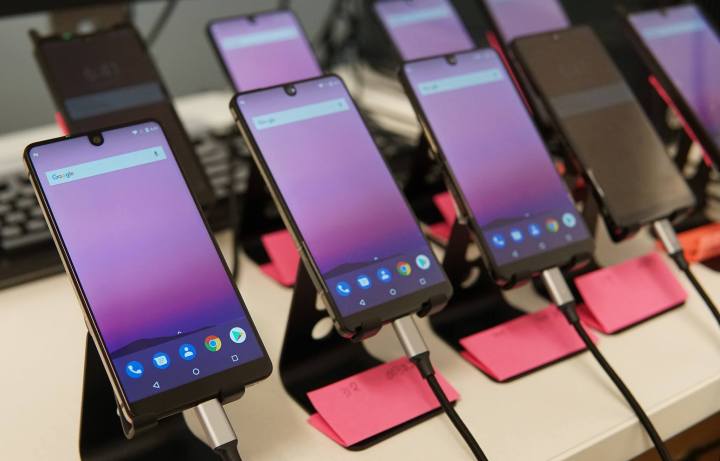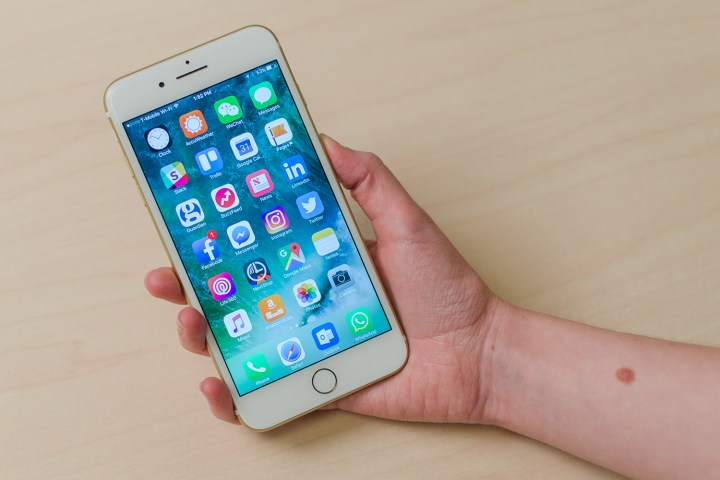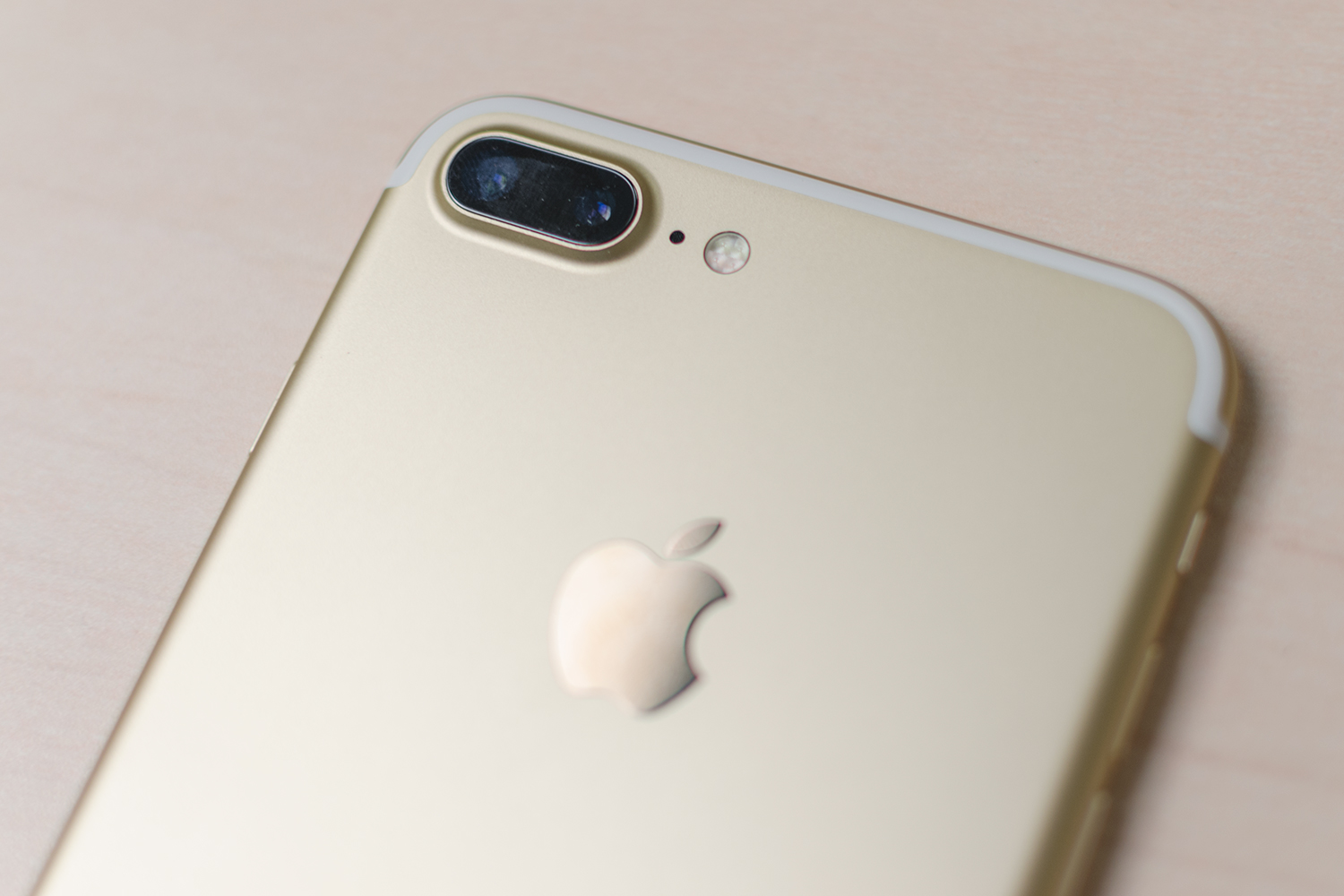
The Essential PH-1 isn’t the only great phone around. While Apple may use similar design elements for its next phone, the company still has a capable phone already on the market: The iPhone 7 Plus. But just how do the two phones compare? We put them head to head to find out.
Specs
| Essential PH-1
|
iPhone 7 Plus
|
|
| Size | 141.5 x 71.1 x 7.8 mm (5.57 x 2.80 x 0.31 inches) | 158.2 x 77.9 x 7.3 mm (6.23 x 3.07 x 0.29 inches) |
| Weight | 6.53 ounces (185 grams) | 6.63 ounces (188 grams) |
| Screen | 5.71-inch LCD | 5.5-inch LED |
| Resolution | 2,560 x 1,312 pixels (504 ppi) | 1,920 x 1,080 pixels (401 ppi) |
| OS | Android 7.1.1 Nougat | iOS 10 |
| Storage | 128GB | 32, 128, 256GB |
| MicroSD card slot | No | No |
| Yes | Yes | |
| Processor | Qualcomm Snapdragon 835 | A10 Fusion with 64-bit architecture, M10 motion coprocessor |
| 4GB | 3GB | |
| Connectivity | GSM, CDMA, HSPA, EVDO, LTE | 4G LTE, GSM, CDMA, HSPA+, 802.11a/b/g/n/ac Wi-Fi |
| Camera | Dual 13 MP rear, 8MP front | Dual 12MP rear, 7MP front |
| Video | ||
| Bluetooth | Yes, version 5.0 | Yes, version 4.2 |
| Fingerprint sensor | Yes | Touch ID |
| Other sensors | Accelerometer, gyroscope, proximity, compass, barometer | Barometer, 3-axis gyro, accelerometer, proximity sensor, ambient light sensor |
| Water resistant | No | Yes, IP67 rated |
| Battery | 3,040mAh | 2,900mAh, up to 13 hours of internet use on LTE |
| Charging port | USB-C | Lightning |
| Marketplace | Google Play Store | Apple App Store |
| Colors | Stellar Gray, Ocean Depths, Black Moon, Pure White | Gold, rose gold, silver, black, jet black |
| Availability | Unlocked, Sprint | AT&T, Verizon, Sprint, T-Mobile |
| Price | $749 | $729 |
| DT review | Coming soon | 4 out of 5 stars |
The Essential Phone makes use of the latest and greatest Qualcomm Snapdragon 835 processor, and it’s coupled with 4GB of
Apple’s processor is incredibly powerful, and iOS doesn’t require a lot of
If you’re looking for a lot of storage, both phones have a lot to offer. Neither have a MicroSD card slot, but the
Both of these phones will perform well, but the
Winner:
Design, display, and durability

Both of these phones feature beautiful designs, but in very different ways.
For starters, the Essential PH-1 boasts a beautiful 5.71-inch edge-to-edge display, which covers almost the entire front of the phone save for a small notch at the top and a chin at the bottom. The back of the phone is shiny and minimal. You’ll find a fingerprint sensor here, below a dual-camera module and a few other sensors.
The
Things are a little different when it comes to the display — the Essential Phone is the clear winner. Despite an LCD screen, you get a 2,560 x 1,312 pixel resolution, which is quite a bit more than the 1,920 x 1,080 pixel resolution on the
But the iPhone takes the crown for durability, as it has a waterproof rating of IP67, meaning you can take it up to 1 meter underwater for 30 minutes. The Essential Phone isn’t waterproof.
Still, the Essential Phone features a more modern design, along with a higher resolution display. It takes the win here.
Winner: Essential PH-1
Battery life and charging

The battery on the
While the Essential Phone offers fast-charging, the
Winner: Essential PH-1
Camera

The two phones have dual-camera setups, but they have slightly different specifications. The
Apple has long been known for offering an excellent camera on its devices, and the
Some early reviews suggest the Essential PH-1’s camera could be just as good. The device’s dual-cameras feature a monochrome and a color sensor. The camera doesn’t feature some of the dual-sensor features found on the iPhone, like Portrait Mode or
The iPhone’s camera is tried and true. While some early reviews say that the PH-1’s camera is great, others don’t quite agree.
Winner:
Software

Before we talk about software, we’ll say one thing — we’re not going to award a winner here. The Android vs iPhone debate is a long-running one, and everyone has their own preference.
Still, we can note some major differences between the two operating systems.
Winner: Tie
Price and availability
The Essential PH-1 is available for purchase, and you can get your hands on it through the Essential website, Sprint or Best Buy. It doesn’t seem as though other carriers are offering the phone, and there’s no word yet on whether they will or not. We recommend buying the phone unlocked straight from Essential. The device cost $700, which is a premium price to pay for a phone.
The
Winner: Essential PH-1
Overall winner: Essential PH-1
Both the Essential PH-1 and
Editors' Recommendations
- This one Apple Fitness feature completely changed how I exercise
- An Apple insider just revealed how iOS 18’s AI features will work
- iPhone 16: news, rumored price, release date, and more
- iPhone SE 4: news, rumored price, release date, and more
- 3 reasons why I’ll actually use Anker’s new iPhone power bank




